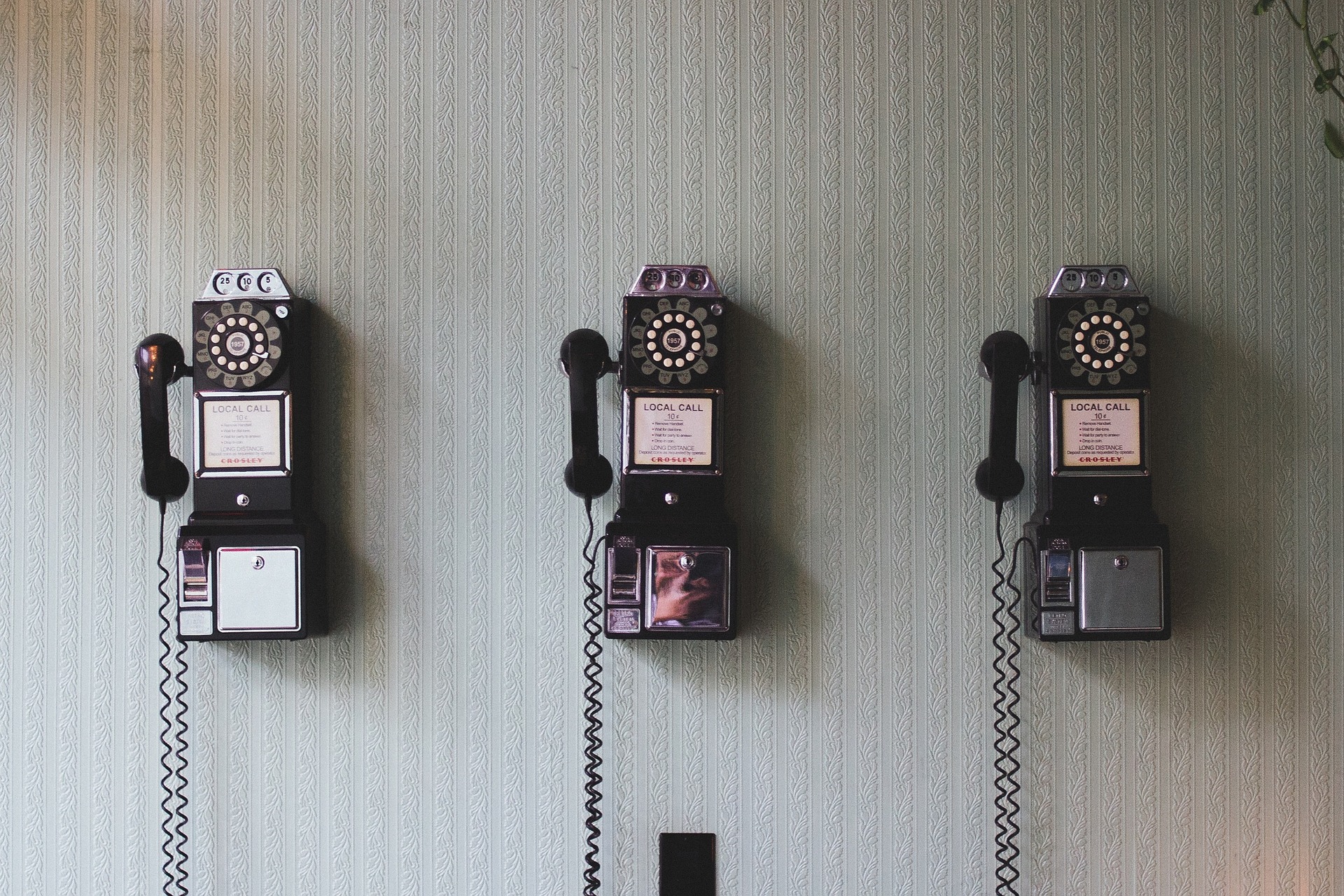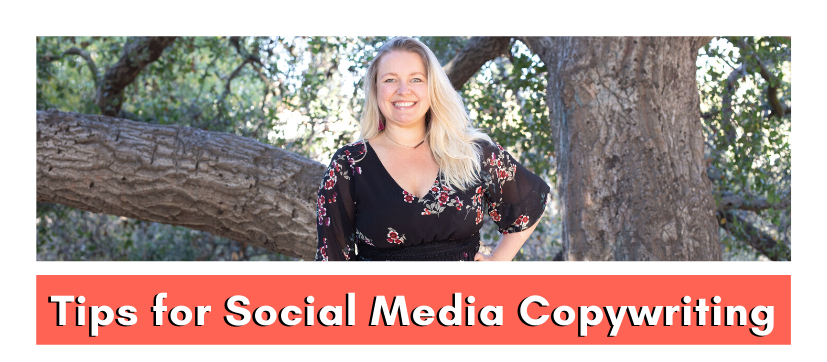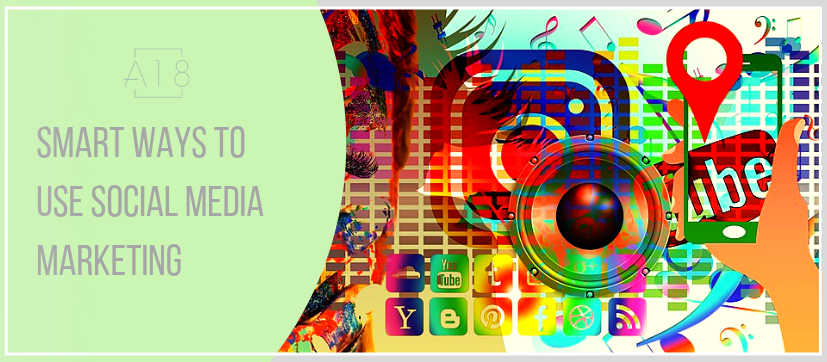5 Tips for Writing Conversational Copy
5 Tips for Writing Conversational Copy

Here’s the thing about me. I have the title “Copywriter,” but other than some English gen eds, and the writing that you need to get by earning a couple bachelor’s degrees, I’m not a formally trained writer. Luckily I can still write conversational copy like a champ. And so can you.
Don’t quiz me on parts of speech. Don’t ask me about structuring a good story. I’m a writer because it’s something that I’m pretty good at and I like doing. I like it so much, that when I was in Jr. High, High School, and all the way into my first couple years of college, I wrote in a journal every night. Journal writing is an awesome practice in conversational copy. I also wrote for the high school newspaper (and ruffled some feathers along the way), and when I was getting my BA in Dance I wanted to be a dance critic. Writing was always my thing.
Fast forward to pursuing a degree in Advertising and I learned what a copywriter was (I literally didn’t know what a copywriter was – when I registered for the class I thought it would learn about the legal side of obtaining a copyright.) A couple of classes into that degree, and watching the documentary “Art & Copy,” I had my first ever Oprah “ah-ha” moment. THIS is what I should do. One thing I love about copywriting for marketing and advertising is that we get to break all the rules and write like we talk. In fact, it’s encouraged. Here are some tips to help you stop being so prim and proper in your copy, and write in a style that will be easy for people to read – and might even entertain them along the way.
Don’t be afraid to break grammar rules.
This is easy for me because I don’t remember all the grammar rules anyways. Have fun with it. Write all of the incomplete sentences that. You. Want. You’re not writing a literary novel, and it’s more important to get your point across. Remember – you’re writing conversational copy so there won’t be an English teacher armed with her red pen reviewing your work. You do you. People will relate much better, and get to know a little more of your personality along with way which is what we are going for.
IMO – it’s totally okay to curse… if that’s how you talk.
Some people have said that using curse words is being lazy. But I say eff that. Plenty of very successful people throw the F-bomb around in their writing and speaking on the regular, and it works for them. (Look up Gary Vaynerchuk for a great example.) Using the occasional “swear” can be very effective in writing relatable and memorable copy.
It does have to sound natural though and fit in with the voice and tone of your brand. If you’re selling homemade organic baby food, for example, maybe don’t describe it as “an earthy pumpkin color reminiscent of dog shit.” If you’re selling some fun fashion-forward stiletto boots, go ahead and tell your customers what a badass bitch they will look like rocking those heels. Say it out loud (go ahead, really say it out loud), if it sounds absurd – abort – if it sounds like something you would say, full steam ahead.
Hoity-toity big words do not equal conversational copy.
They say that in copywriting we are writing for a 3rd-grade audience. This might make you happy if you’re not super confident in your writing skills, or frustrated if you’re one of those super educated big-word loving types 😉 But just think about it. When you’re in a social setting, around someone who seems to have a thesaurus app installed in their brain, is it really that inviting? Usually not. There are a time and place for everything (er, most things), and copywriting for business is not the time or place to prove that you can use “pestiferous” in a sentence. That would be pestiferous.
Know who you’re talking to – and where they will read your stuff.
In marketing, knowing who you are talking to is key. As a copywriter, I’ll get assignments where the client or account manager is so excited to tell me about the project, deal, offer, announcement, or promotion they are running, that they’ll sometimes forget to tell me who is going to see the work. What’s the demographic? It’s kind of old school to have “personas” figured out for your brand, but they do help when writing. Different campaigns can target different audiences, and you should write with a different tone accordingly. Also – what are you writing? An email? A blog? An Instagram caption? Where your peeps read your words will affect the way you write them.
Test it out.
This is the tip that’s always easier said than done. Who wants to take the time to, first of all, write something, then take more time to track the engagement, and the re-write it just a lil’ differently, and track those stats too!? But, if you wanna be a real rock star with your copy, it’s a good idea. And guess what – if you figure out what your audience is responding to, you’ll spend less time playing the guessing game later. Your copywriting skilz will come more naturally and you’ll be able to communicate with your audience much more efficiently. So it’s worth the extra effort in the long run.
Well, I hope this was helpful, and I hope it read like I was just a little voice in your earbuds chatting away. If you want any more tips, or want this whole writing part taken care of, I’m happy to help. Send me an email and we’ll chat – like, actually chat on a phone… about how I can help your copy sound more like a conversation. 🙂
Amy.A18Media@gmail.com










